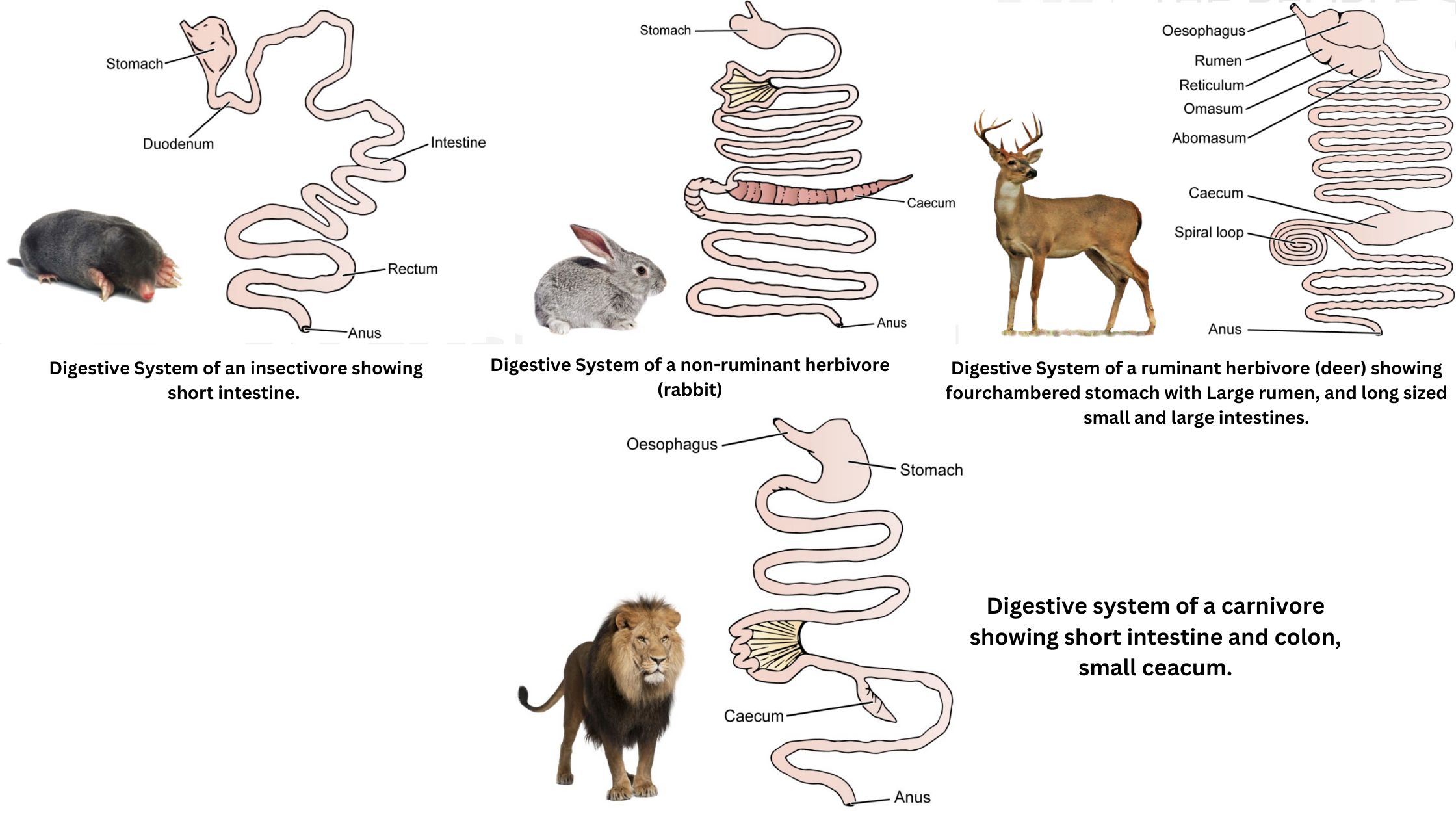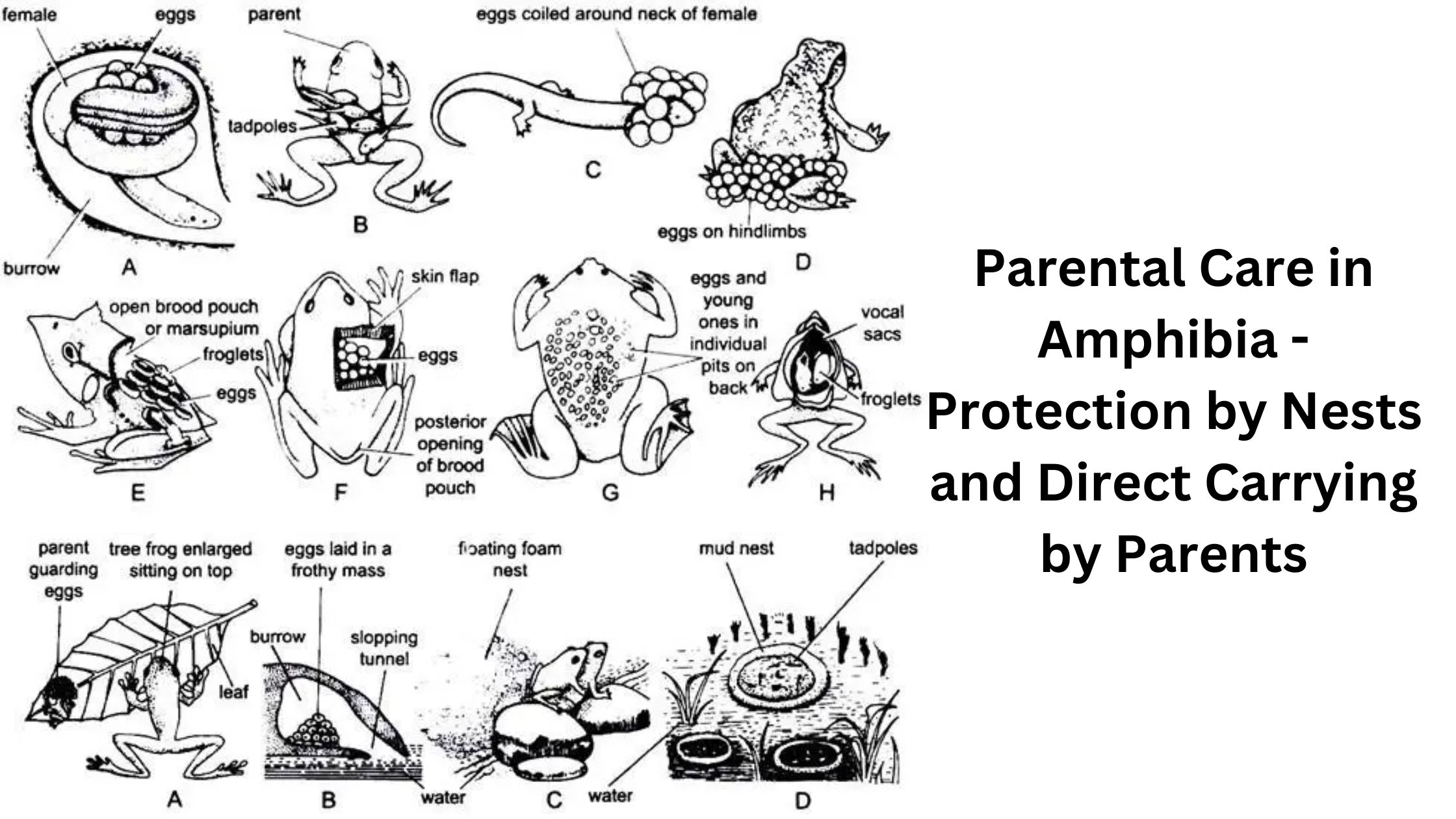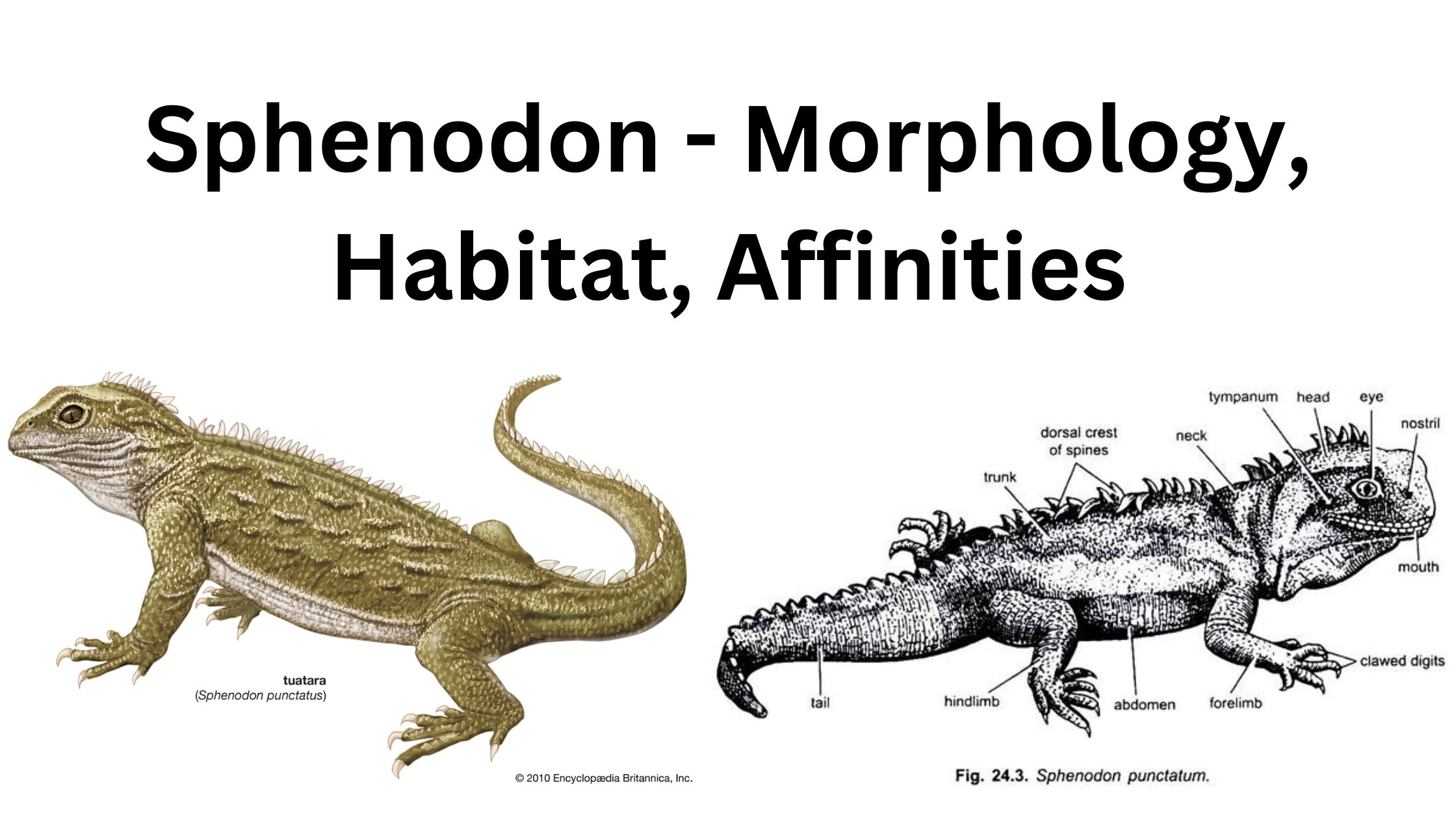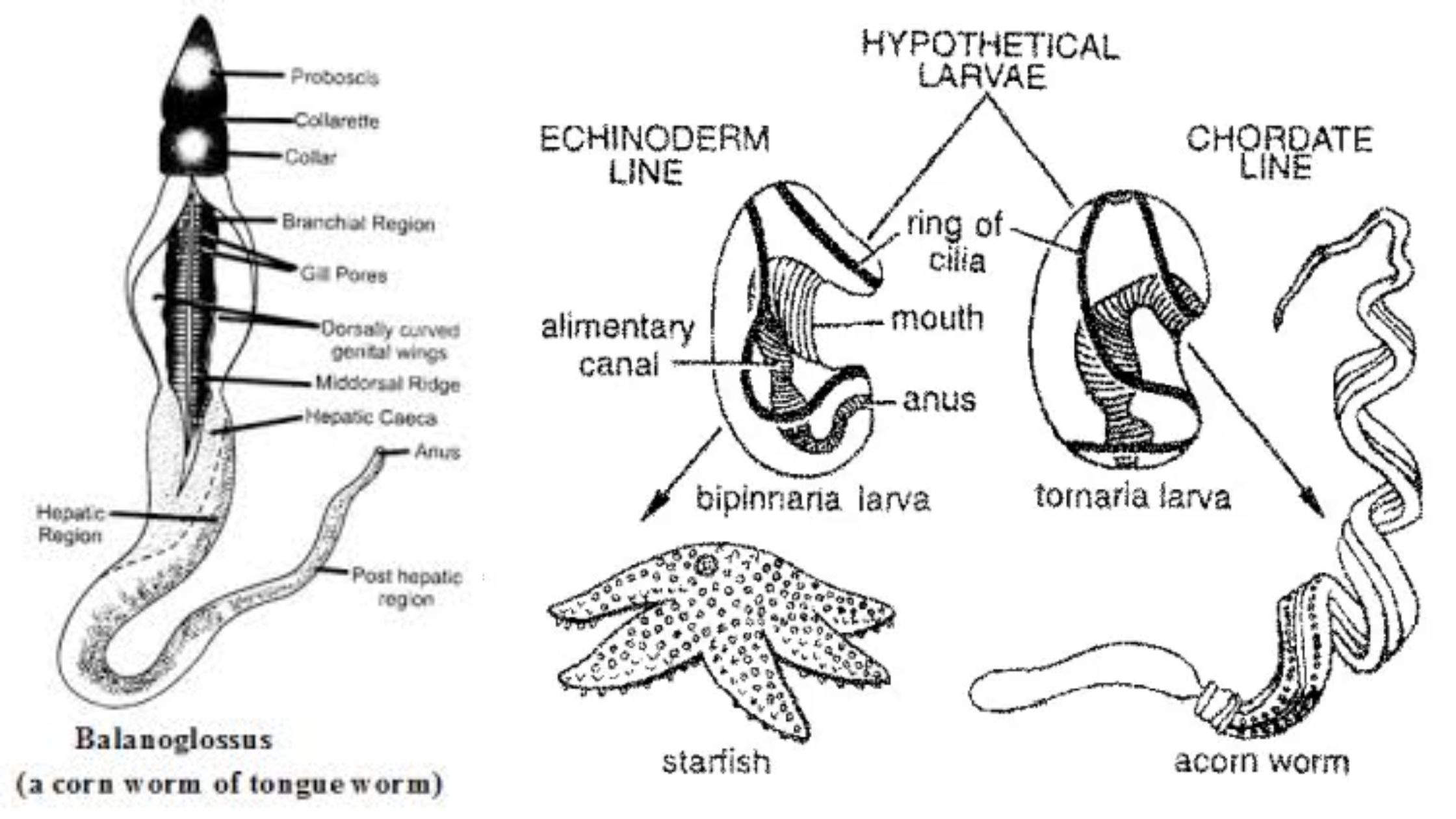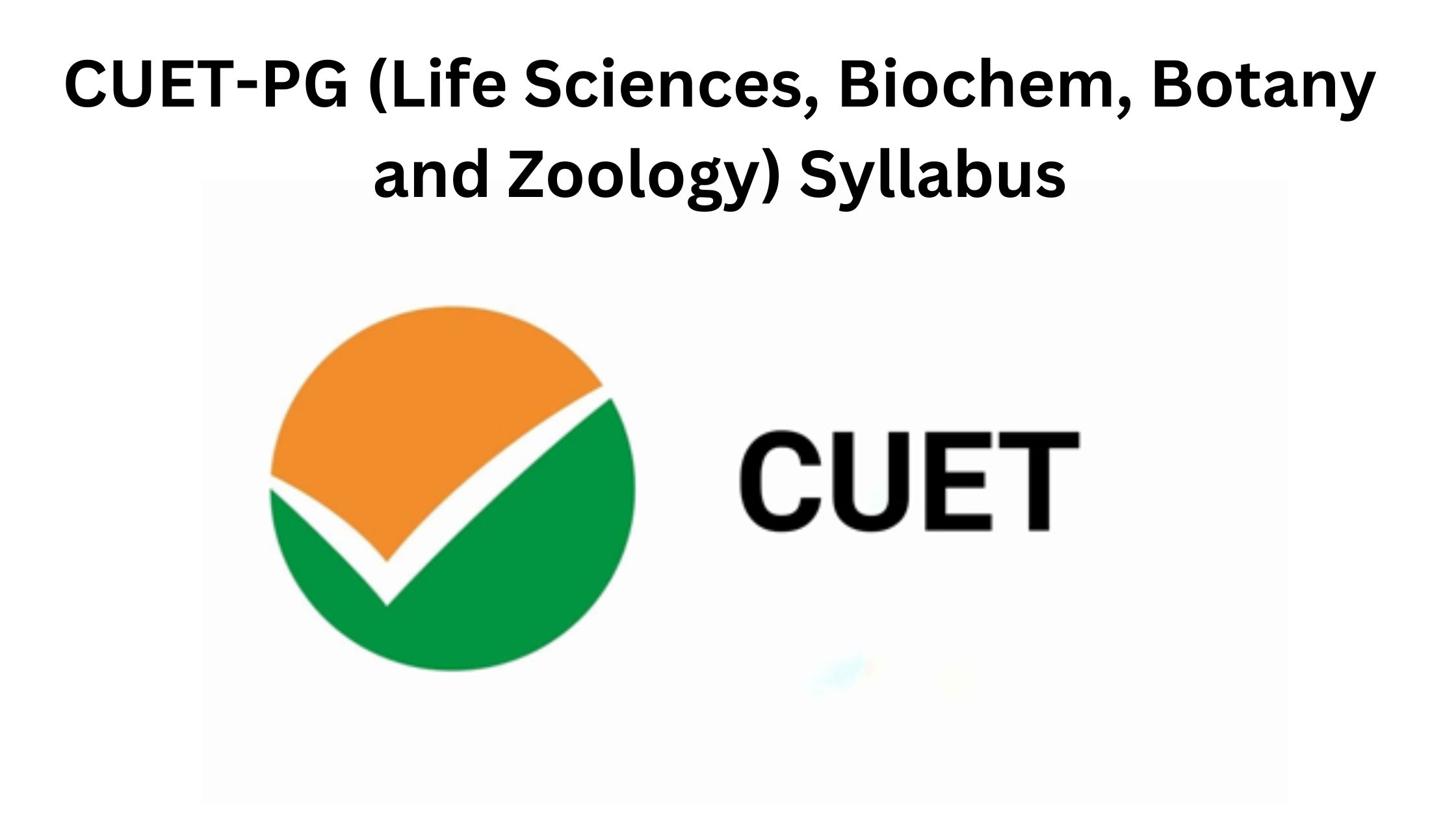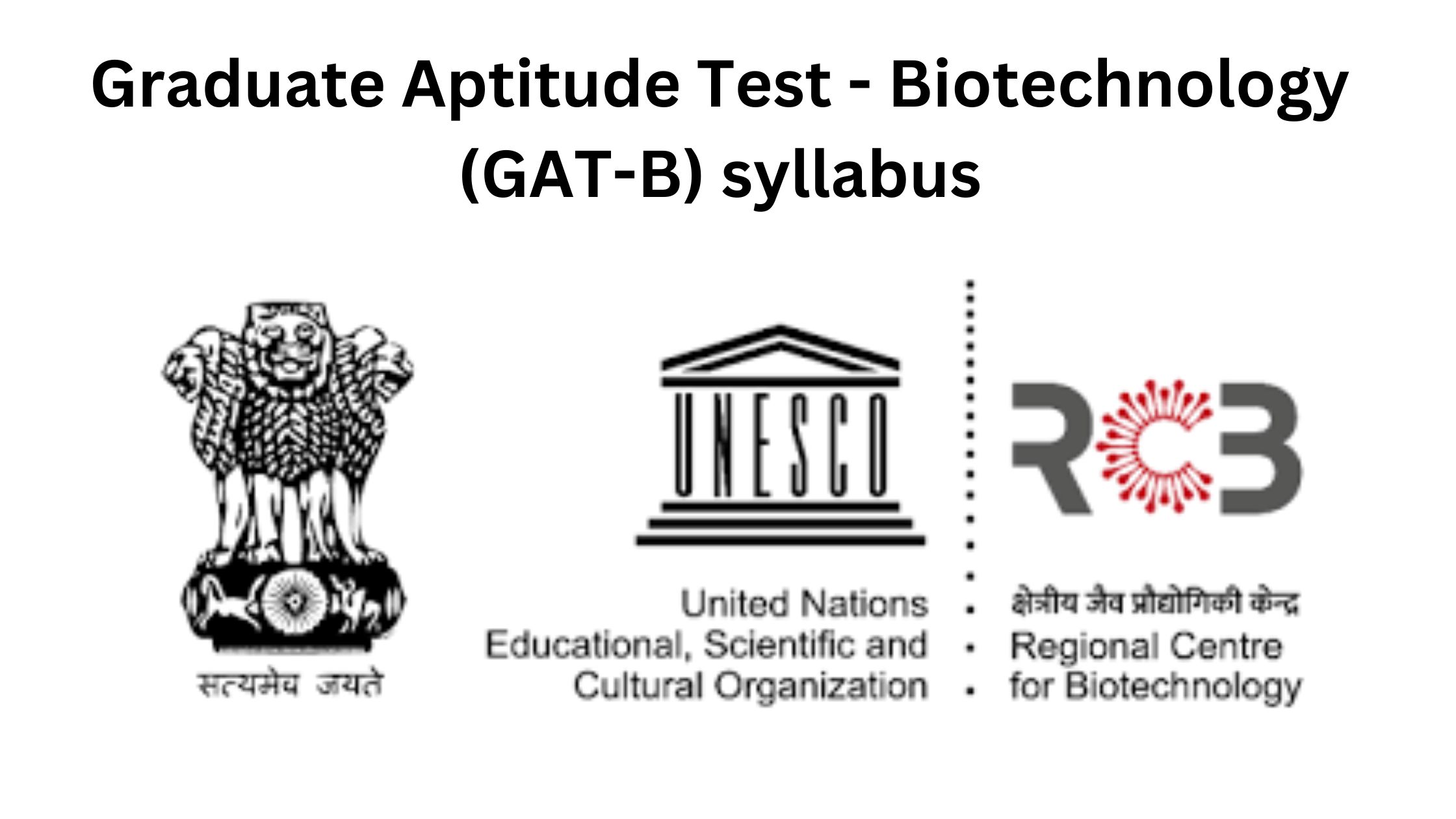Comparative Anatomy and associated glands of Digestive Systems In Vertebrates
The digestive tract of vertebrates The digestive tract of vertebrates consists of several distinct parts, each playing a crucial role in the overall process of digestion. From the mouth to the glands associated with digestion, this system is designed to break down food, absorb nutrients, and expel waste. Below is a detailed breakdown of the … Read more
